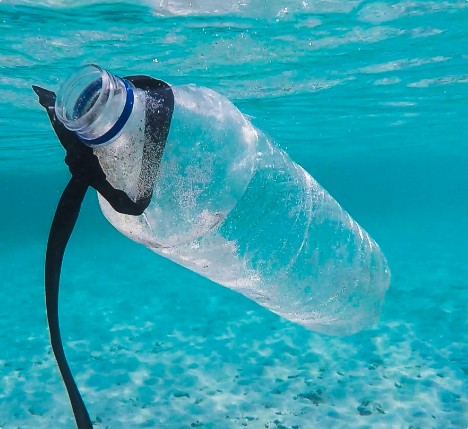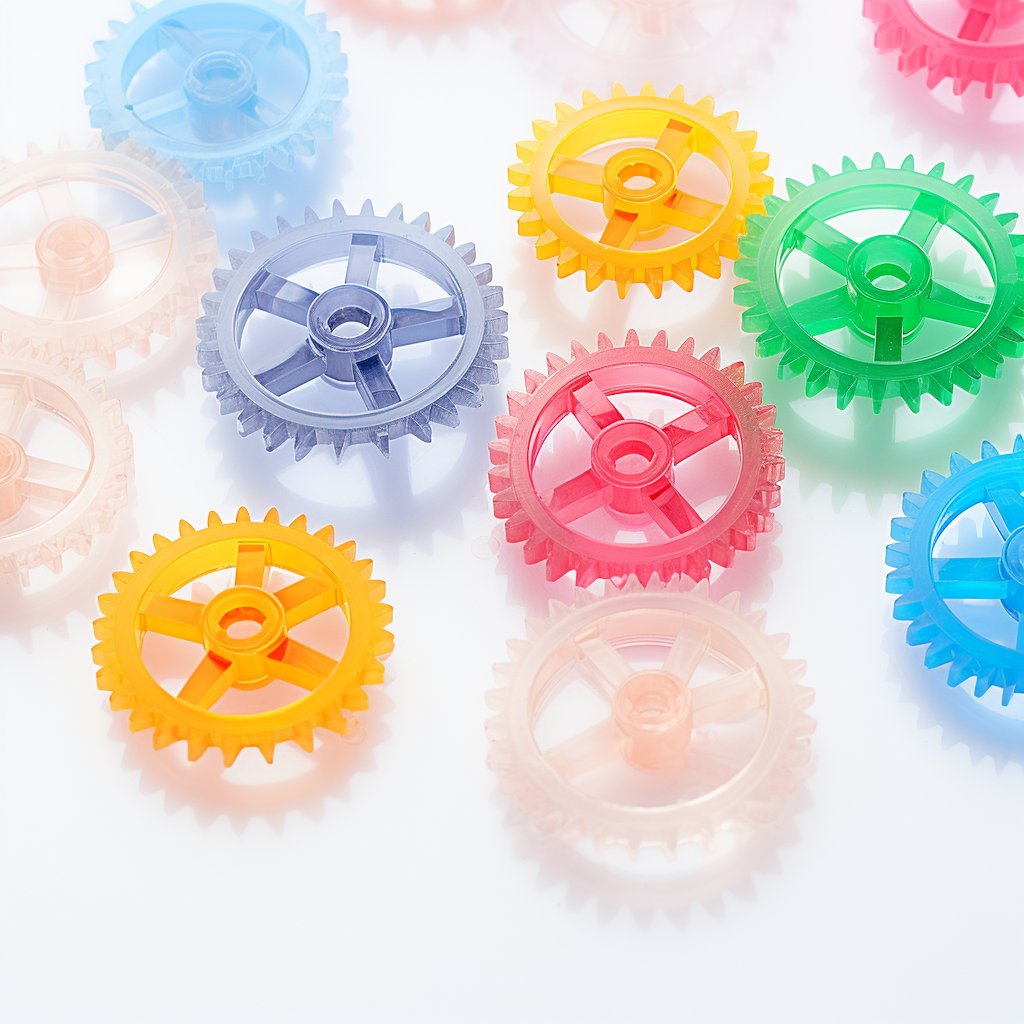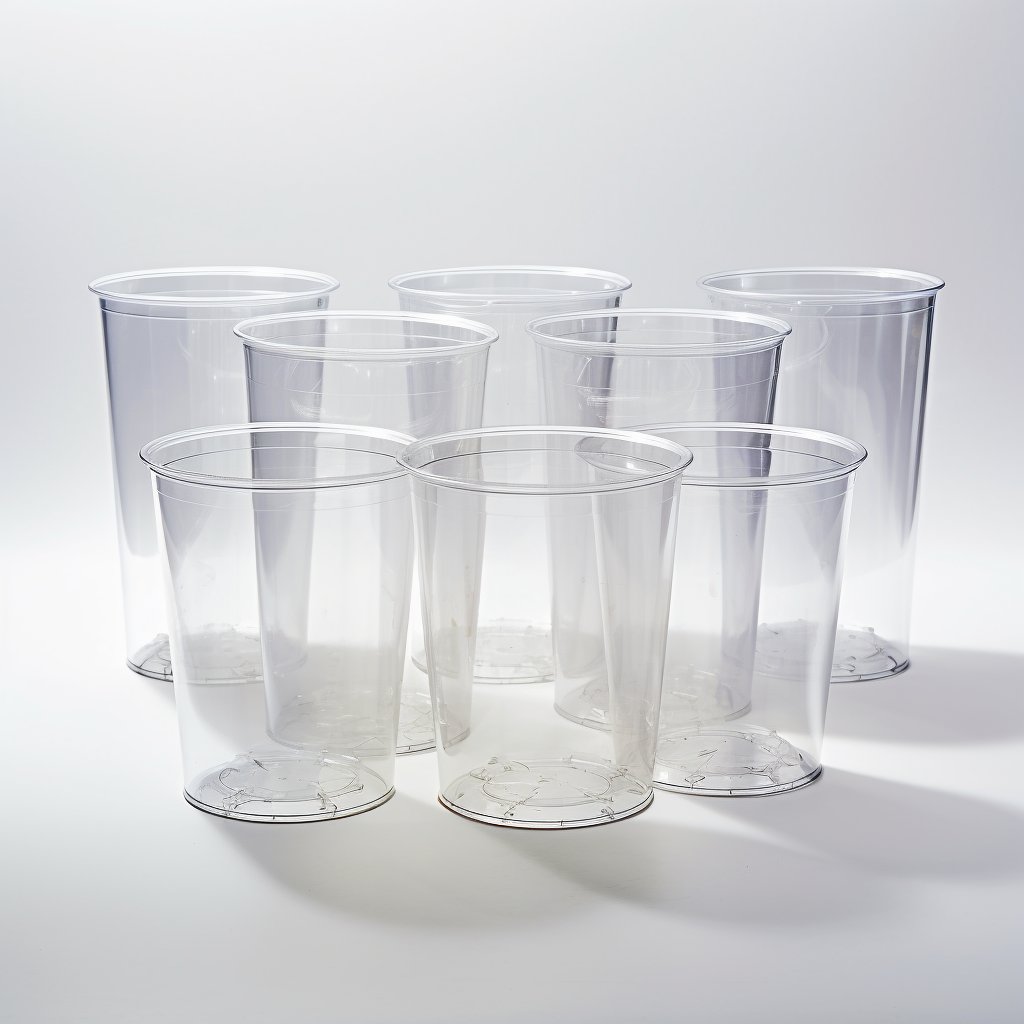Polyvinyl Chloride (PVC) is a thermoplastic polymer widely used in the plastic industry for various applications, including construction, packaging, automotive, and medical devices. PVC is one of the most popular plastics due to its cost-effectiveness, versatility, and durability. Polyvinyl Chloride (PVC) is a widely used plastic worldwide, with applications ranging from construction materials to consumer goods. It is a thermoplastic material that can be moulded into various shapes and sizes, making it ideal for various applications. Despite its many advantages, the production and disposal of PVC can have significant environmental impacts. However, PVC recycling can help mitigate these impacts and promote sustainability.

Definition and Properties of PVC
PVC is a polymer composed of vinyl chloride monomers. It is a lightweight, strong, and rigid plastic that can be easily processed by various fabrication methods such as extrusion, injection moulding, and blow moulding. PVC is also an excellent electrical and thermal insulator, making it suitable for applications that require these properties. Additionally, PVC is resistant to chemicals, sunlight, and weathering, which makes it ideal for outdoor use.
History of PVC
The discovery of PVC can be traced back to 1835 when French chemist Henry Victor Regnault produced vinyl chloride. However, it was not until 1872 that German chemist Eugen Baumann made a white solid substance by polymerising vinyl chloride. This substance was later identified as PVC.
The commercial production of PVC began in the 1920s when Waldo Semon, an American inventor, developed a process for plasticising PVC. This process made PVC more flexible and easier, leading to its widespread use in various applications.
Environmental and Global Impact
The production and disposal of PVC can have significant environmental and global impacts. PVC production can release toxic chemicals such as dioxins and phthalates, harming the environment and human health. PVC waste can persist in the background for centuries, contributing to plastic pollution.
However, recycling PVC can help to mitigate these impacts by reducing waste and conserving natural resources. By recycling PVC, less PVC waste ends up in landfills or the environment, reducing the risk of pollution. Additionally, recycling PVC minimises the amount of oil and gas needed to produce new PVC, reducing greenhouse gas emissions and conserving natural resources.
In conclusion, PVC recycling is essential to reducing waste and promoting sustainability. While PVC recycling has some disadvantages, the advantages of reducing waste, conserving natural resources, and reducing greenhouse gas emissions outweigh them. The environmental and global impact of PVC production and disposal can be significant, but recycling can help to mitigate these impacts.
Industrial Usage of PVC
PVC is used in various industrial applications due to its versatility, cost-effectiveness, and durability. One of the most important uses of PVC is in the construction industry, where it is used to make pipes, fittings, window profiles, and siding. PVC is also used in the packaging industry to make bottles, films, and blister packs.
PVC makes car interiors, dashboards, and door panels in the automotive industry. Additionally, PVC is used in the medical industry to make tubing, bags, and medical devices such as catheters.
Application Areas of PVC
PVC has a wide range of applications due to its properties and versatility. One of the most significant application areas of PVC is in the construction industry. PVC pipes and fittings are commonly used for plumbing and water distribution systems. PVC window profiles and siding are also widely used in construction.
In the packaging industry, PVC is used to make bottles, films, and blister packs. PVC bottles are commonly used for packaging liquids such as juices, soda, and water. PVC films are used for food packaging and in the manufacture of shrink wrap. PVC blister packs are used for packaging pharmaceuticals and consumer goods.
In the automotive industry, PVC is used to make car interiors, dashboards, and door panels. PVC is also used in the production of upholstery and floor mats.
Consumer Product Examples of PVC
PVC is used in a range of consumer products, including toys, footwear, and electrical cords. PVC toys are popular due to their durability, versatility, and low cost. PVC footwear, such as sandals and flip-flops, are also famous due to their water resistance and durability. PVC electrical cords are widely used in households and industries due to their flexibility and electrical insulation properties.
Recycling of PVC
PVC is recyclable, and various recycling techniques can be used to recycle PVC products. These techniques include mechanical recycling, chemical recycling, and feedstock recycling. Mechanical recycling involves grinding PVC products into tiny particles, which can be used to make new products. Chemical recycling consists in breaking down PVC into its constituent monomers, which can be used to create new PVC. Feedstock recycling involves using.
Recycling of PVC is an essential part of reducing plastic waste and promoting sustainability. Various recycling techniques can be used to recycle PVC products, including mechanical, chemical, and feedstock.
Mechanical recycling involves grinding PVC products into small particles, which can be used to make new products such as pipes and window frames. Chemical recycling consists in breaking down PVC into its constituent monomers, which can be used to create new PVC. Feedstock recycling involves using PVC waste as a source of energy to produce electricity or heat.
PVC recycling involves collecting, sorting, and processing PVC waste materials to produce new PVC products. There are various recycling techniques for PVC, including mechanical, chemical, and feedstock recycling.
Mechanical recycling involves shredding or grinding PVC waste into small particles, which can then be melted and reformed into new products such as pipes, window frames, and flooring. This method of recycling is widely used and is considered the most cost-effective.
Chemical recycling involves breaking down PVC waste into its constituent monomers, which can then be used to produce new PVC. This method of recycling is more complex and expensive than mechanical recycling but is useful for materials that cannot be mechanically recycled.
Feedstock recycling involves using PVC waste as a source of energy in industrial processes. The waste is burned to produce heat and electricity, which can be used in industrial processes or to generate electricity for homes and businesses.
Advantages of PVC Recycling
Recycling PVC has several advantages, including reducing waste, conserving natural resources, and reducing greenhouse gas emissions. Recycling also reduces the amount of PVC waste in landfills and the environment, reducing the risk of pollution.
Recycling PVC also helps conserve natural resources such as oil and gas, which are used in producing new PVC. By recycling PVC waste, less oil and gas are needed to produce new PVC products.
Disadvantages of PVC Recycling
PVC recycling also has some disadvantages. One of the main disadvantages is that PVC products can contain additives such as plasticisers and stabilisers, which can complicate the recycling process. Some additives may also harm human health or the environment, making it essential to ensure that recycling is done safely.
Advantages and Disadvantages of PVC Compared to Alternative Plastics
PVC has several advantages over other plastics, including its cost-effectiveness, versatility, and durability. PVC is also resistant to chemicals, sunlight, and weathering, which makes it ideal for outdoor use. Additionally, PVC can be quickly processed using various fabrication methods, making it a popular choice for various applications.
However, PVC also has some disadvantages. One of the main disadvantages is that PVC production can release toxic chemicals such as dioxins and phthalates, which can harm the environment and human health. Additionally, PVC is not biodegradable, which can contribute to plastic waste pollution.
Market Price Developments and Future Market Prognosis
The price of PVC can vary depending on several factors, such as the demand for the material, production costs, and market conditions. In recent years, the price of PVC has been relatively stable, with some fluctuations due to changes in market conditions.
The future market prognosis for PVC is favourable due to its versatility and cost-effectiveness. The demand for PVC is expected to continue to grow, particularly in emerging markets where construction and infrastructure development are booming. However, there is also a growing awareness of the environmental impact of plastics, including PVC, which may lead to increased demand for sustainable alternatives.
Polyvinyl Chloride (PVC)
Polyvinyl Chloride (PVC) is a versatile and widely used plastic with various applications across various industries. While PVC has many benefits, such as its durability and affordability, its production and disposal can have significant environmental impacts. However, with advancements in PVC recycling technologies, there are now opportunities to mitigate these impacts and promote sustainability. Through mechanical, chemical, and feedstock recycling, PVC can be transformed into a valuable resource, reducing waste and preserving natural resources.






